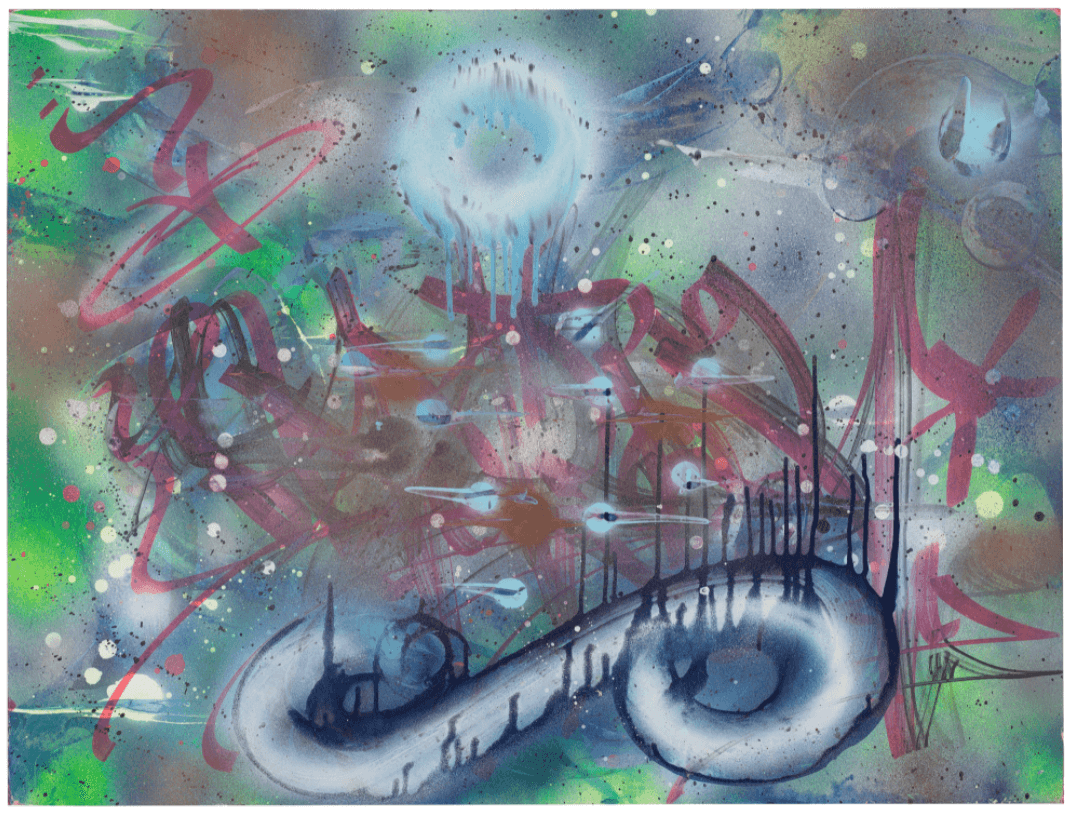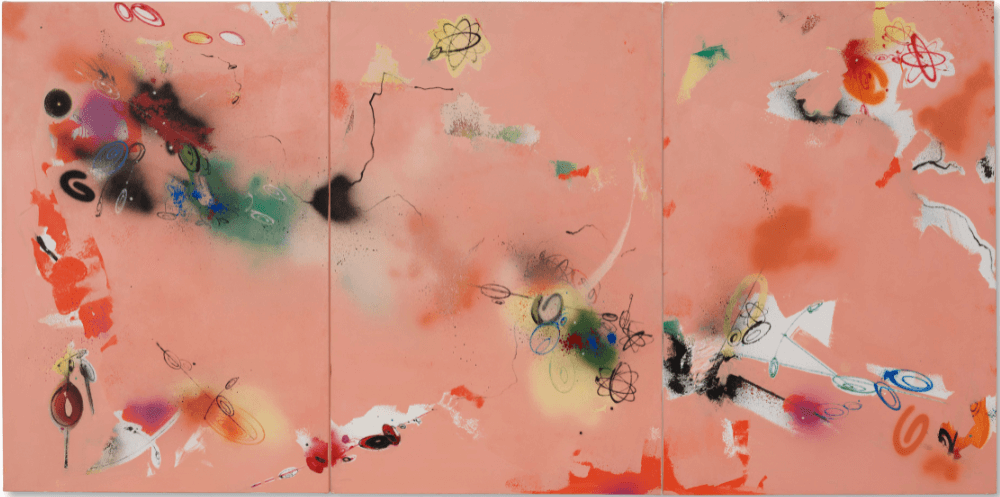Collection | Collecting guide: 5 things to know about Street art
The 21st century has seen an urban liberation of art media, pushing through the conventional parameters of paper, cardboard and canvas and on to pavement, sidewalks, subways and the bricks of buildings. As the personification of movement, freedom and spontaneity, art inspired by graffiti has taken centre stage, both literally in scale and visibility and in its burgeoning popularity.
Since the hip-hop crews of Philadelphia and New York turned graffiti into an elaborate language, encrypted in a range of unique styles, Street art has become an established art form. While its very public presence may scream manifesto, perhaps with subversive intent, Street art nonetheless promotes a sense of the uncompromising, a radical ethos that consistently attracts clusters of fervent supporters throughout the world.
Curated in collaboration with collector Ronnie K. Pirovino, Trespassing traces graffiti's influence on contemporary art and embraces the energy, spontaniety and humour of artists inspired by the medium. Here, we offer our expert tips for collectors of the genre.
1. Familiarise yourself with common themes
Artists inspired by graffiti often revisit a theme or rely on a repeated technique in their work, creating a recognisable trademark that forms an essential part of their visual vocabulary. Haring developed his man figure; Jean-Michel Basquiat combined symbols and epigrams; and Banksy fashions irreverent, politically-charged subjects.

While Stik continues to hone his six-line, two-dot figures, Invader takes the notion of graffiti and reimagines it with mosaics. Each Invader studio work has a corresponding street Alias — a work executed in a public space such as a building, a freeway overpass or even a famous street corner.
2. Size matters
Some street artworks are site-specific, such as Haring’s infamous ‘Crack Is Wack’, a 1986 public project still visible along the Harlem River Drive in New York City. As a way to represent the whole, a distinct element of the work may be replicated in a more portable form. Haring’s iconic figures and symbols repeat throughout his oeuvre, finding themselves not only on his murals and canvases but also on his screen prints. This is also true for artists such as Stik and Banksy.

'Signaling the direction of his work with gargantuan publicly installed sculptures, KAWS Four Foot Companions are prodigious,' explains Pirovino. 'Released over a number of years, the set of six began with the brown version. Because they were released individually over time, it has proven to be a very challenging feat to assemble all six in a collection. Trespassing presents the rare opportunity to acquire all six, or perhaps your favorite among them all. These sculptures, asserted by their stature, are equally imposing, yet playful, menacing yet humorous.'
3. Imitations are everywhere
Street art can be easily duplicated. As stencils can be used and infinitely reused, the question of originality that plagues all art becomes particularly critical for this genre. Consult a specialist. For prints, it is extremely important that they match the catalogue raisonné for the artist or compare well to other examples from the edition.

Original versions of classic images that have been duplicated for years carry a significant premium.
4. Consider condition
Street art is, by its very nature, exposed to the elements more than other kinds of art. Restoration may be possible — some artists, such as Stik, make a point of personally touching up their works in situ whenever they can — but some level of wear is to be expected.
KAWS, for example, produced his original ‘bus stop’ works from advertisements taken from the street. He would steal these ads from their original location and rework them in his studio. After applying his own artwork over them, he would replace them.
Collectors should keep in mind that, as with any kind of artwork, condition may impact the perceived value of a piece.
5. Know the community
Since Street Art is a relatively new movement in art history, it’s important to know what came before in order to understand where it’s going. Most are aware that graffiti — and more specifically, Wild Style — represented the nascent form of Street art in the 1970s, but Pop art also paved the way, incorporating many of the same topics for the first time, from mass consumerism to elements of pop culture.

Pop art giant Andy Warhol played mentor to Basquiat; Warhol and Haring were long-time collaborators. Relative newcomers KAWS and Invader have, in many ways, accepted the baton. Collaboration and teamwork is central to the ethos of these works.



